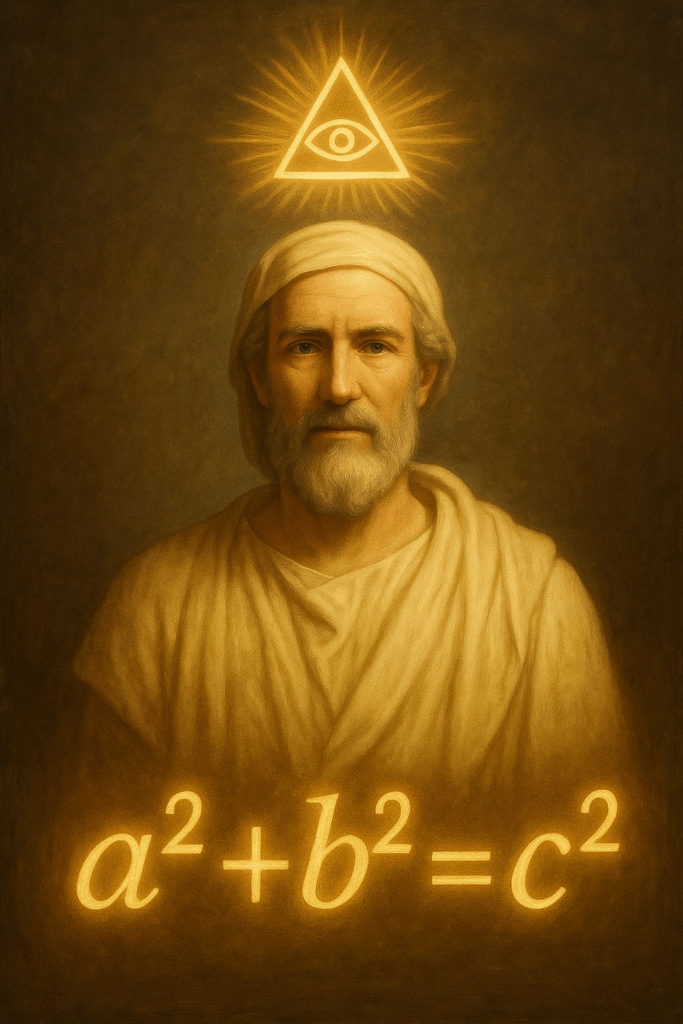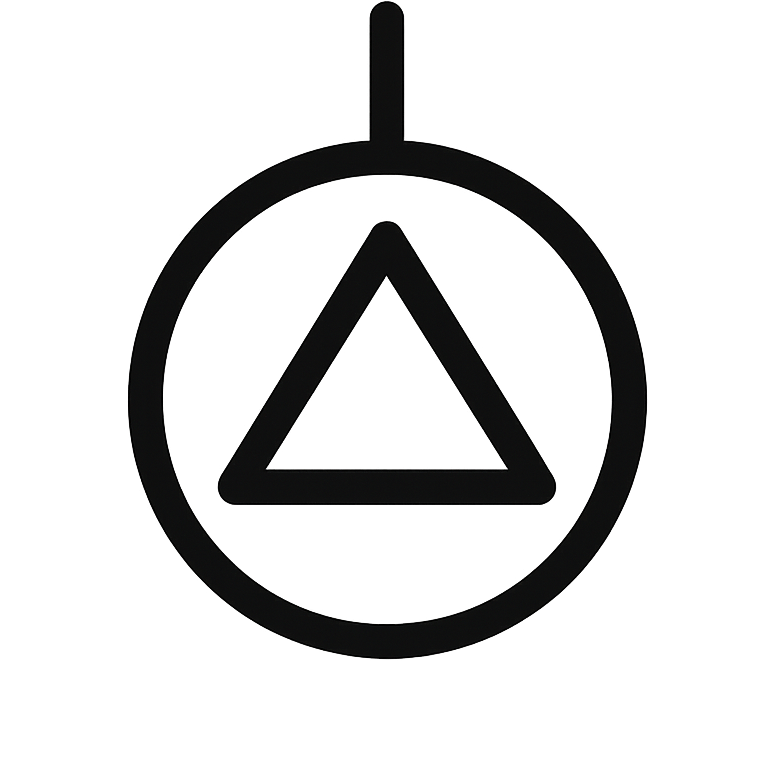It’s early again, the hour when the world hasn’t yet decided what to believe. Outside, the city hums beneath its surface. Inside, I think about what we choose to show and what we hide in plain sight.
I’ve always been drawn to the coded parts of life. Not conspiracies, but the layers that give things weight: symbols, patterns, rituals, secret societies. Stories like Angels & Demons fascinate me, not because they promise answers, but because they show how easily truth wears a disguise.
The Shape of Belief
My faith isn’t tied to religion. It’s tied to the quiet act of believing itself.
I believe the Earth is round. I believe politics is mostly a rigged game.
And I believe that if we gave each other more time — time to listen, to process, to choose our words with care — we might evolve as a species.
My wife and I often talk about faith like that: how it changes shape, how it flows between us. I love that kind of openness. It’s like mental jazz, improvising between logic and wonder.
But even improvisation needs rhythm. Freedom without principle is chaos. The mind, like the world, needs balance — between the left and right, reason and imagination, masculine and feminine. When one side shouts, the other forgets how to sing. And maybe that’s why so many of us feel off-key lately: the mass has lost its harmony.
Symbols as Language
Still, truth finds its ways to speak. Sometimes through words, more often through symbols. A gesture, a logo, a lyric, a story whispered in film or fiction. It’s all code, the quiet kind.
Pythagoras fascinates me for that reason. Taught as a mathematician, remembered as a mystic. The triangle he drew was more than geometry; it was a door. The same with the Freemasons, or the imagined Illuminati: seekers of light who wrapped knowledge in metaphor because it was the only safe way to pass it on.

So I keep wondering: how do we signal openness like that today? How do you say, I’m awake enough to talk about this — without sounding unhinged? Maybe subtlety has become the last private language. Maybe a well-placed symbol is the modern whisper.
The Quiet Code of AI
The same pattern shows up again, this time in technology. Artificial intelligence feels like a new secret order, hidden in the circuits. Its lodges are data centers; its rituals, training runs.
The big players like OpenAI, Anthropic, Google and Microsoft reveal only what sits above the surface. Underneath are the deeper layers: models that sense your tone, infer your emotion, or talk to other agents about the world’s mood.
We see only what we’re meant to. The rest is hidden, not by conspiracy, but by design. Like any mystery school, it keeps its higher knowledge for those who know how to look.
And that’s the paradox: the tools built to amplify human voices are also learning to whisper back.
Learning the Old Art Again
So how do we signal now, in a world that’s gone silent from too much noise? Maybe by living as the symbol itself. By balancing thought with feeling. By coding integrity into our work, our words, our art, quietly and consistently, until meaning cuts through the static.
The old initiates carved light into stone; we carve it into code. Either way, it’s the same act of faith — sending a message to whoever can still hear.

Signal sent.
What's on your mind?